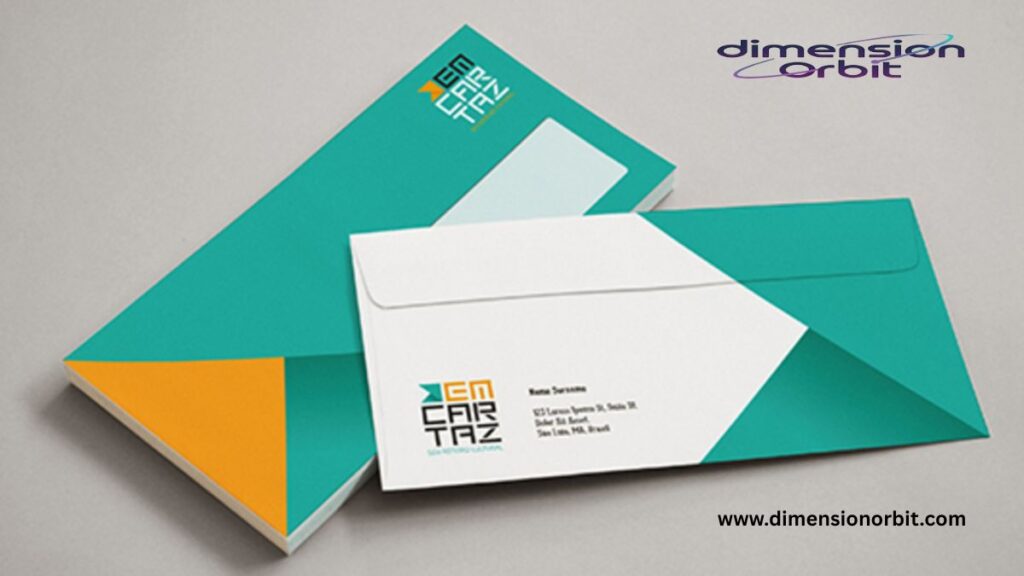Ever tried to picture four inches without a ruler? Spoiler alert it’s harder than you think. One moment you’re confident, and the next, you’re holding up your fingers like a confused magician trying to summon math. We use measurements every day for DIY fixes, online shopping, even bragging about fish we “definitely” caught yet few people can actually visualize what four inches looks like. That’s where this guide swoops in. From your wallet to your favorite snacks, we’re exploring 14 common things that are 4 inches long and yes, you’ll never look at a ruler the same way again.
How Long Is 4 Inches, Really?
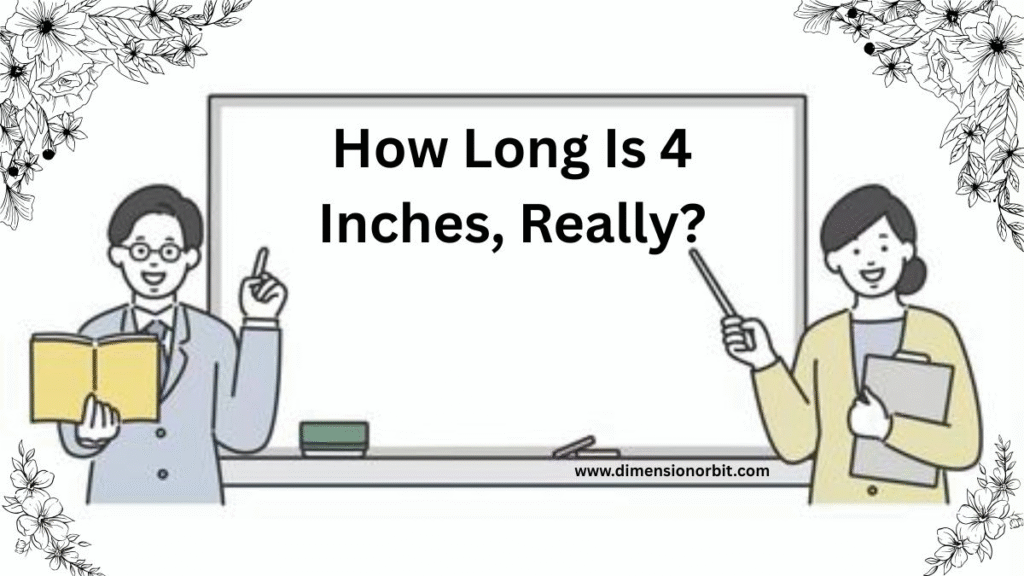
Four inches equals 10.16 centimeters or roughly one third of a foot. It’s not large, but it’s big enough to make a difference in anything that requires precision from cutting materials to gauging spacing for décor or gadgets.
To put it in context, four inches is a little wider than most smartphones, about the same as the width of an adult’s palm, and just under the height of a standard business envelope. If you hold your hand out flat, you’re looking at roughly four inches from one side of your palm to the other.
How Big Is 10 Meters? 10 Things Long or Big
| Unit | Equivalent |
|---|---|
| 1 inch | 2.54 cm |
| 4 inches | 10.16 cm |
| 4 inches | 0.33 feet |
That small distance ten centimeters might seem minor, but you’ll be amazed how often it shows up once you start looking for it.
Playing Card 4 Inches
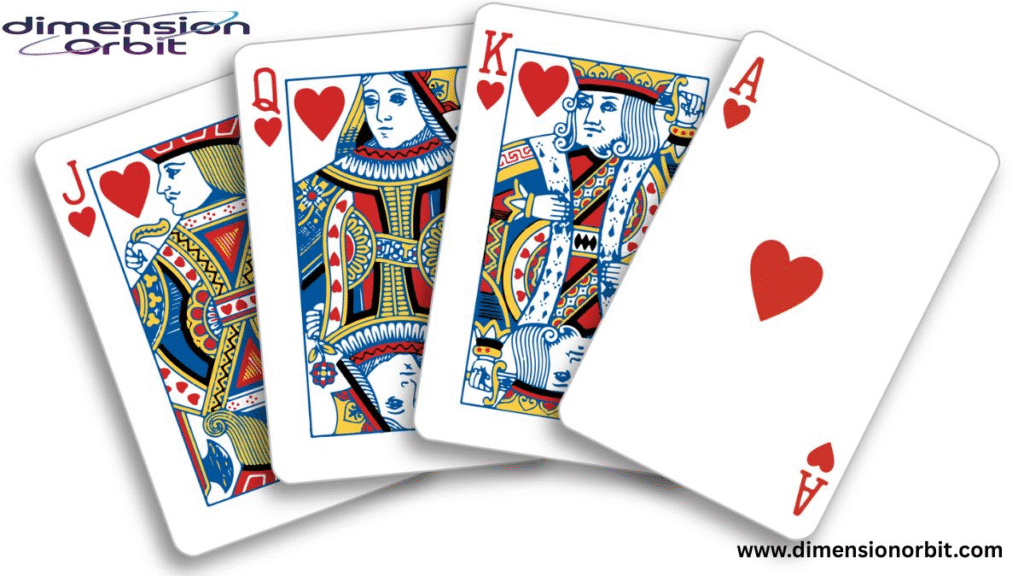
A standard playing card measures around 3.5 to 3.75 inches long. It’s slightly shorter than four inches, but it comes close enough to serve as a visual reference. The card’s consistent size makes it a great mental image for gauging small distances. Stack two cards, and the combined length gives you a nearly perfect seven and a half inches, showing how compact and uniform this measurement is.
Playing cards are intentionally designed to fit comfortably in a person’s hand, which makes them an ideal scale reference for small, precise dimensions.
Two Credit Cards 4 Inches

Every credit or debit card produced worldwide follows the ISO/IEC 7810 ID-1 standard. That means each card is 3.37 inches long and 2.12 inches wide. Line up two cards across their short edges, and you’ll reach 4.24 inches. It’s a perfect, practical example of four inches in everyday life and one you can confirm instantly since most people have at least one card in their wallet.
Two cards side by side are a touch over four inches, giving you an excellent way to visualize that distance without guessing.
13 Common Things That Are 12 Centimeters Long
Four U.S Quarters 4 Inches
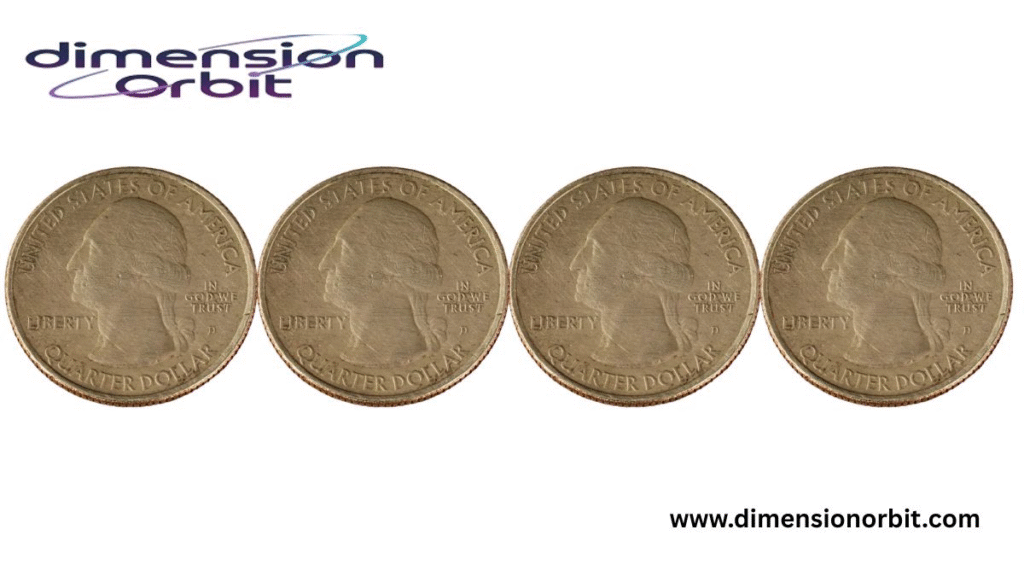
Coins are one of the easiest and most consistent ways to estimate short measurements. Each U.S. quarter has a diameter of 0.955 inches. Place four in a straight line, and you get roughly 3.82 inches, which rounds neatly to four.
This method works because coin sizes are standardized and regulated, ensuring consistent dimensions across all mint years. The next time you need to visualize four inches, four quarters lined up in a row will give you an accurate representation.
Men’s Wallet
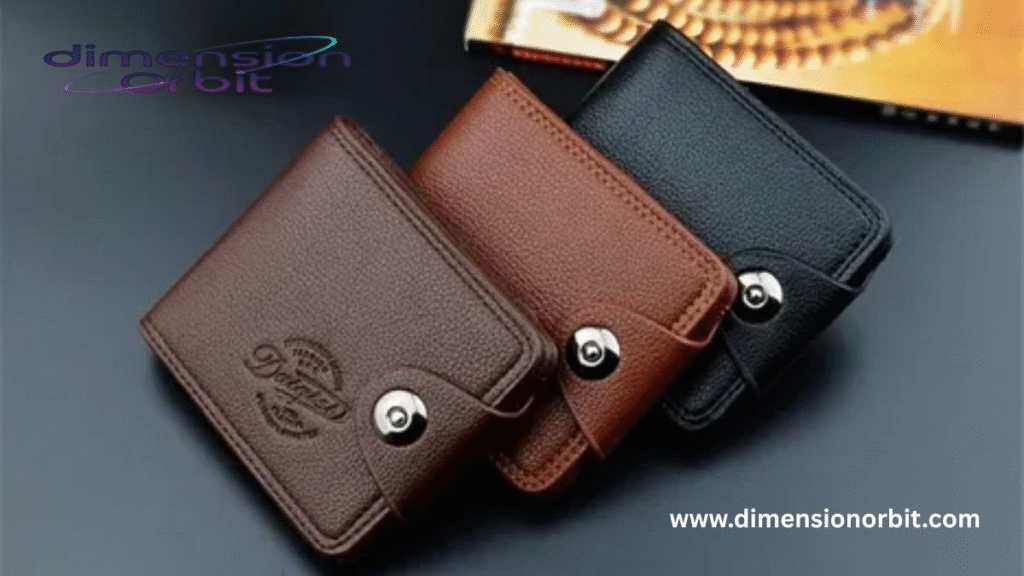
A typical bifold men’s wallet measures close to 4 inches wide when folded. That size isn’t random it’s based on the width of most pant pockets, which are designed to fit comfortably around a wallet of that size.
Most modern designs range from 3.9 to 4.25 inches, meaning the wallet in your pocket is a practical reference for a four-inch object. It’s one of the easiest comparisons because it’s something you carry every day.
Everyday Objects That Are 4.5 Inches Long
Four Paper Clips
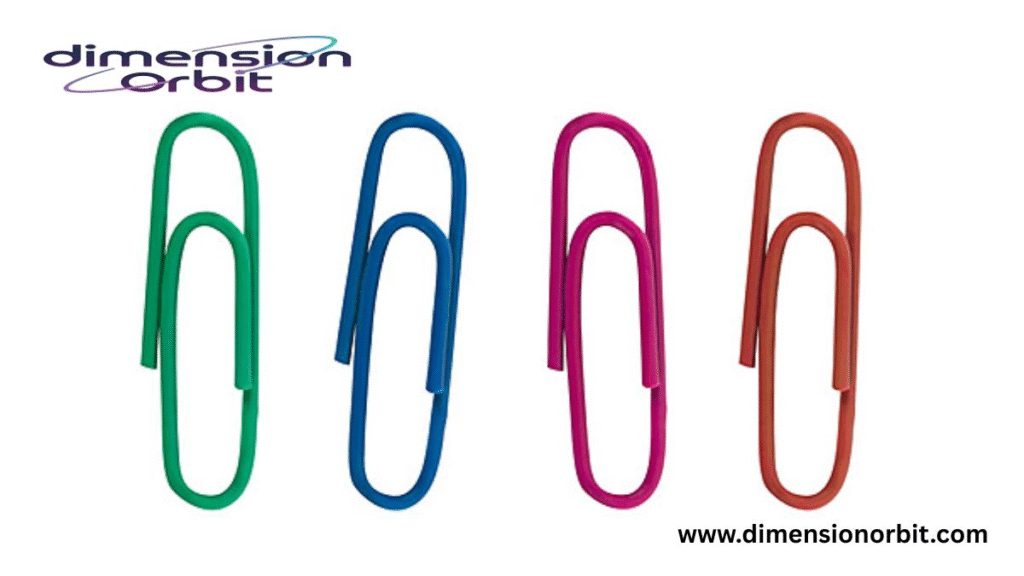
A medium sized paper clip is about one inch long. Line up four clips, and you’ll have a perfect 4 inch line. The simplicity and availability of paper clips make them a surprisingly effective stand-in for quick measurement checks, especially in offices or schools.
When you can’t find a ruler, this quick trick works remarkably well especially since most desk clips are produced in standardized one inch sizes.
Two Erasers 4 Inches
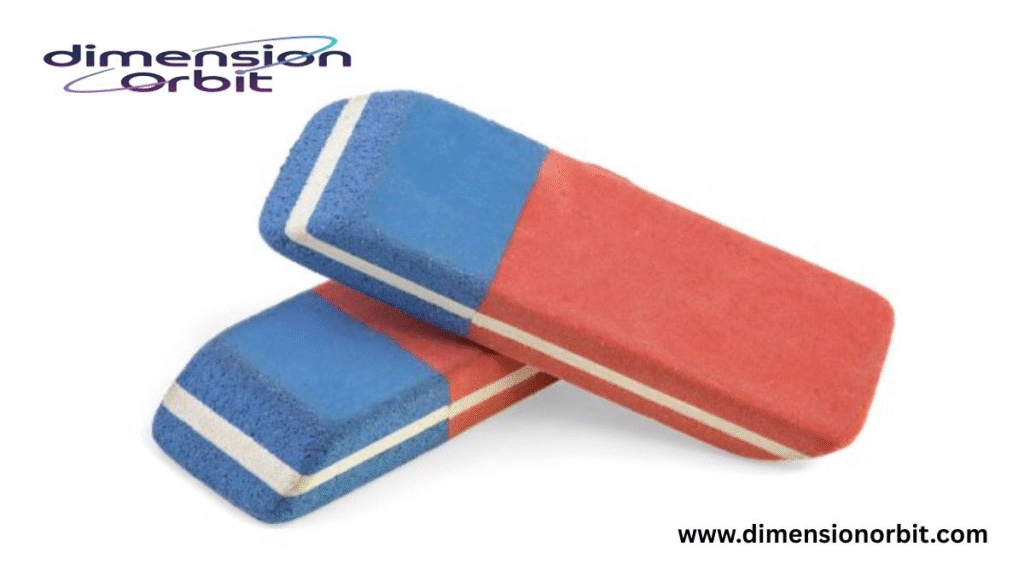
The classic Pink Pearl eraser, a staple in classrooms, measures about 2 inches long. Placing two side by side creates a precise 4 inch length. This example is helpful because erasers are easy to handle and typically uniform in shape, providing a consistent reference when you need to measure small distances by sight.
Many school supplies are made to standard lengths, which makes them surprisingly reliable for quick visual measurement.
Adult Hand Width
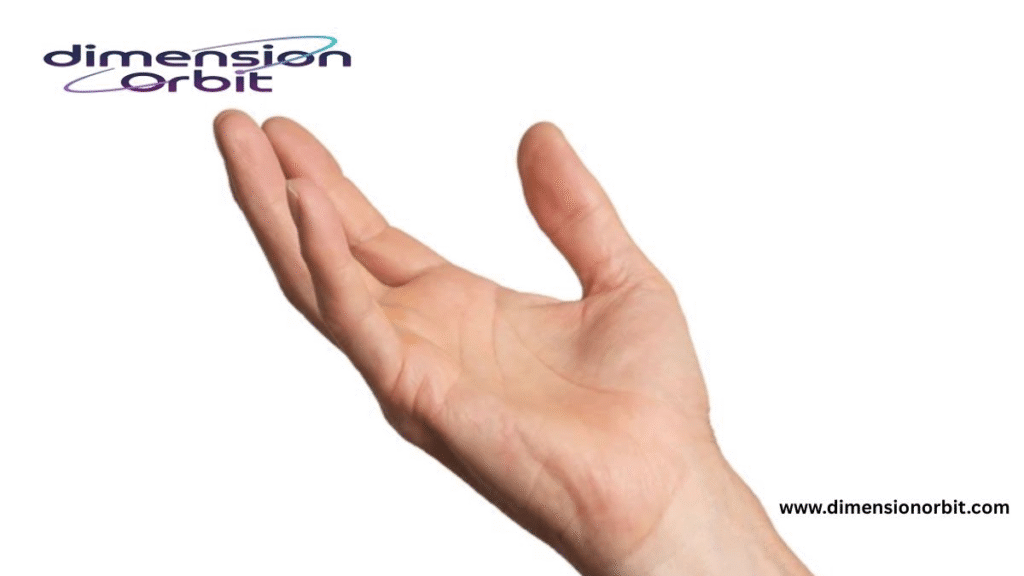
Human hands can vary, but data from the Centers for Disease Control and Prevention (CDC) shows that the average adult hand width across the palm falls between 3.9 and 4.1 inches. That means your hand can serve as a built-in ruler wherever you go.
This simple observation has practical benefits: if you remember that your palm is about four inches wide, you can estimate many small distances without tools. The human body is naturally proportional, and this measurement is one of the most useful for quick estimation.
Popsicle Stick
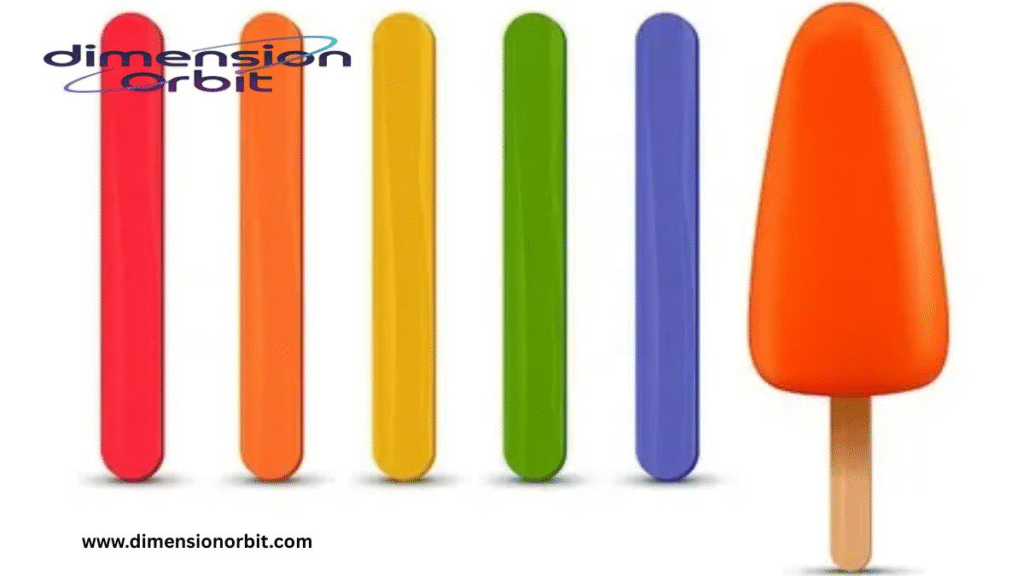
A standard wooden popsicle stick is about 4 inches long, making it slightly longer than four inches but close enough to serve as a good comparison. The consistent size of popsicle sticks, used both for crafts and in the food industry, makes them a familiar and dependable visual guide.
Because their length rarely changes across brands, they’re commonly used in school projects and small DIY crafts as an informal measurement reference.
Two Golf Tees
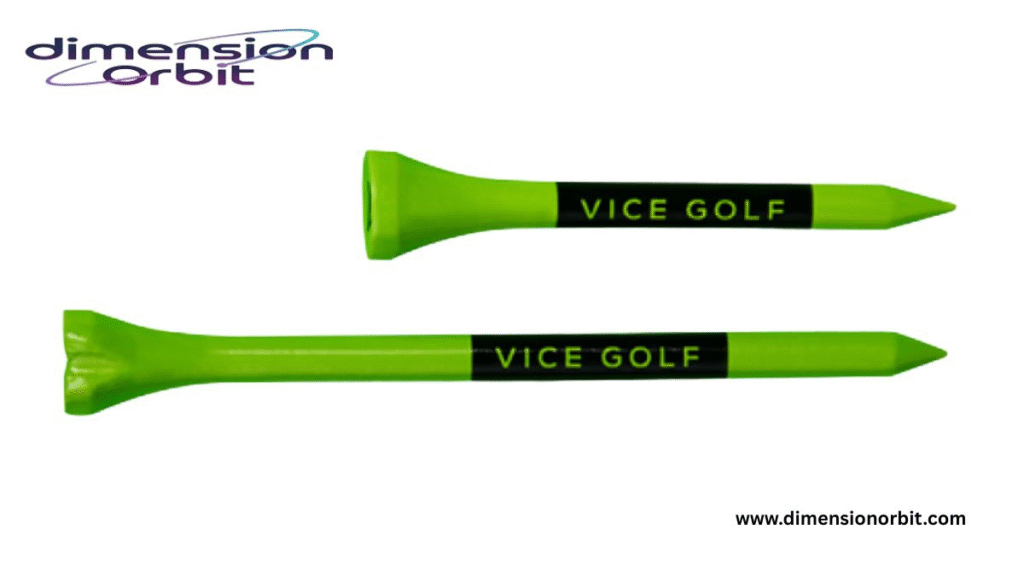
The average golf tee measures roughly 2 inches long, though variations exist depending on the design. Two tees placed end to end reach 4 inches in total. For golfers, this is an intuitive way to understand small measurements.
This practical example also highlights how many sports tools are made to standardized dimensions, allowing for consistent gameplay and, in this case, useful measurement analogies.
Tennis Ball Stack

A tennis ball has a diameter of about 2.7 inches. Stack one and a half tennis balls, and the total height is approximately 4 inches. This visualization works particularly well for those who think spatially seeing a rounded object gives a better sense of volume and proportion than a flat surface does.
The next time you see a tennis ball, imagine stacking one more on top halfway that’s roughly the size of a four-inch gap.
Baseball 4 Inches

A baseball measures 2.9 inches in diameter, meaning one and a half baseballs stacked together also reach just over 4 inches. For sports fans, this offers a tangible sense of scale.
Because baseballs have strict regulation dimensions, this is one of the more reliable examples of a near four inch measurement. Holding one in your hand gives a good physical sense of how small but significant four inches really is.
Toilet Paper Roll
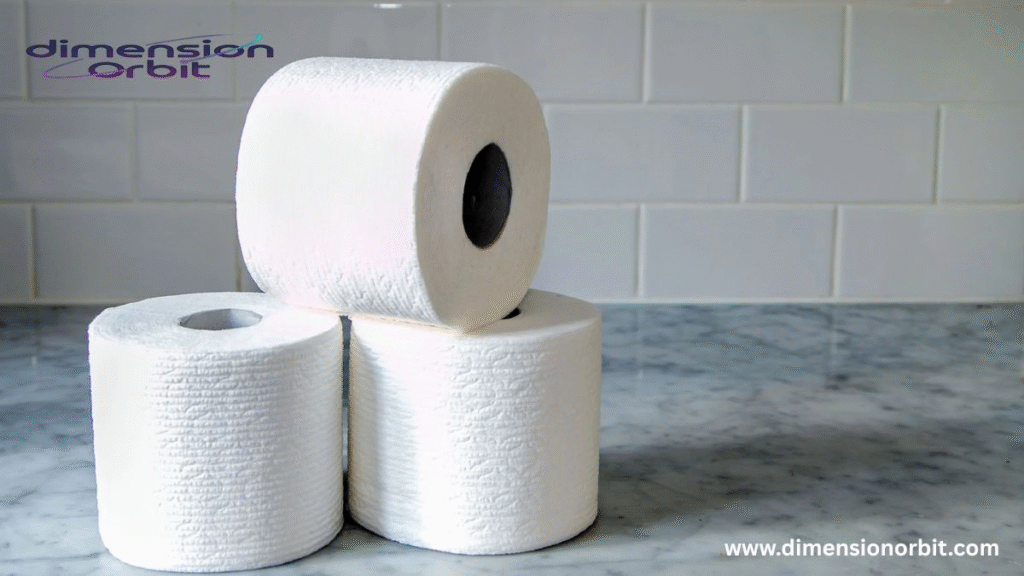
Few people realize that a toilet paper roll measures between 3.9 and 4 inches across. This consistency exists because manufacturers design rolls to fit standard wall mounts and dispensers that accommodate four-inch widths.
That uniformity makes it a perfect household comparison for visualizing four inches. Every bathroom in the world offers an example of this measurement you just have to notice it.
Half of a Standard Brick
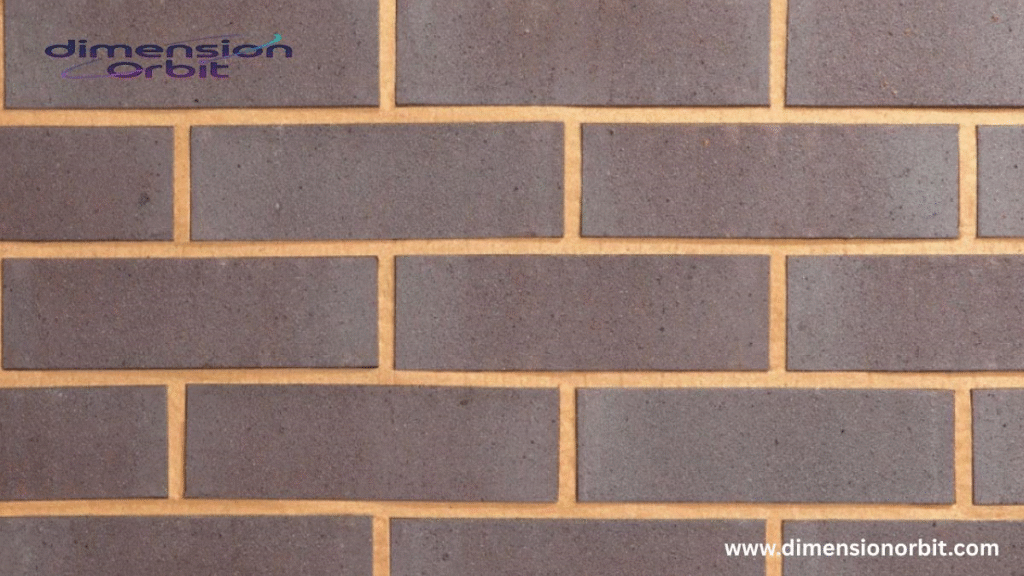
A standard brick in U.S. construction is 8 inches long, which means half a brick equals 4 inches exactly. That precision makes it one of the most accurate examples of this measurement.
Builders often use half bricks for spacing, alignment, or decorative purposes, and their consistent size provides a clear understanding of what four inches looks and feels like in practical, physical terms.
This example also emphasizes how often small, exact lengths influence larger design projects a reminder that accurate measurement isn’t limited to engineers and architects.
Business Envelope
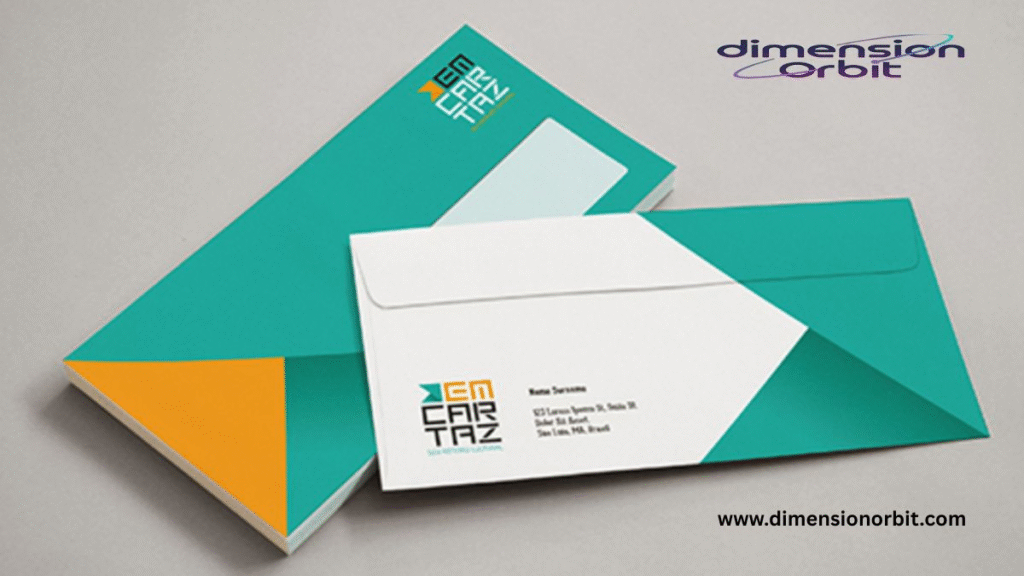
The 10 business envelope, the most common mailing size in offices worldwide, measures 4.125 inches in height and 9.5 inches in width. It’s one of the most convenient and universally recognized items to demonstrate four inches.
Because its dimensions are standardized globally, you can use it anywhere as a reliable visual cue. If you’re at your desk, hold one vertically that height represents four inches almost exactly.
Quick Comparison Chart
| Item | Measurement (inches) | Metric (cm) | Category |
|---|---|---|---|
| Playing Card | 3.5–3.75 | 8.9–9.5 | Household |
| Two Credit Cards | 4.24 | 10.8 | Office |
| Four Quarters | 3.82 | 9.7 | Currency |
| Wallet | 4.0–4.25 | 10.16–10.8 | Personal |
| Four Paper Clips | 4.0 | 10.16 | Office |
| Two Erasers | 4.0 | 10.16 | School |
| Hand Width | 3.9–4.1 | 9.9–10.4 | Human Body |
| Popsicle Stick | 4.5 | 11.43 | Food |
| Two Golf Tees | 4.0 | 10.16 | Sports |
| Tennis Ball Stack | 4.0 | 10.16 | Sports |
| Baseball | 2.9 | 7.36 | Sports |
| Toilet Paper Roll | 3.9–4.0 | 9.9–10.16 | Household |
| Half Brick | 4.0 | 10.16 | Construction |
| Business Envelope | 4.125 | 10.48 | Office |
Estimating 4 Inches Without a Ruler
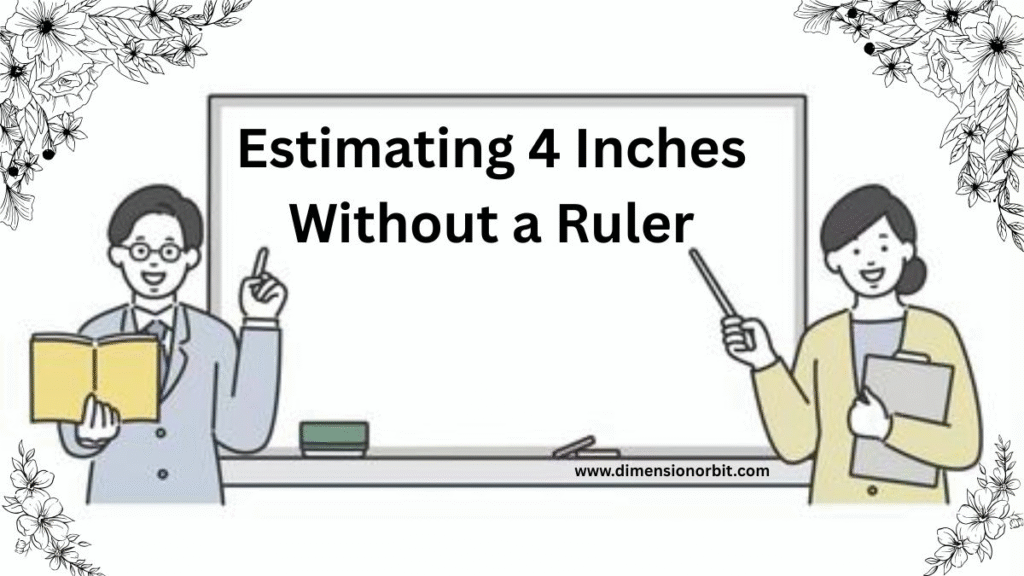
Even if you don’t have these items nearby, you can still estimate four inches accurately. The width of your palm, the height of a business envelope, or the side by side width of two credit cards all give nearly identical visual cues. Once you commit one or two of these references to memory, you’ll start seeing four inches everywhere in your desk supplies, kitchen tools, and even daily accessories.
With practice, visual estimation becomes a skill. Over time, you’ll learn to measure distances almost instinctively, much like how a cook can “eyeball” ingredients or a designer can visualize proportions without a tape measure.
Why Knowing Size References Helps

Knowing what four inches looks like helps you in ways you might not expect. It can prevent mistakes when ordering parts or materials online, improve accuracy in crafts or construction, and save time when working on projects that require precision.
Size also deepens your spatial awareness. Once you’ve memorized a few standard objects, you can visualize any measurement up to several inches with surprising accuracy. That makes life easier and a little more efficient in everything from home improvement to travel packing.
So the next time someone asks, “What is 4 inches long?”, you won’t hesitate. You’ll know that four inches is the width of your wallet, the length of two erasers, or the height of a business envelope. It’s a small but surprisingly powerful bit of knowledge one that connects math, memory, and the physical world around you.
Digital tool
Digital tools like Feet and Inches Calculator can convert inches to centimeters or feet instantly. Many smartphone apps now offer augmented reality measuring features, allowing you to gauge objects virtually and compare them to known lengths.
FAQs
What Are Some Common Examples of Items That Measure 4 Inches?
Many familiar objects are about four inches long. A folded wallet, the height of a business envelope, or two credit cards placed side by side all measure close to four inches. Even household items like a toilet paper roll or half a brick match that length almost exactly.
Which Everyday Objects Are Around 4 Inches in Size?
You can find four inch measurements everywhere a popsicle stick, four lined-up quarters, or the width of an adult’s palm. These practical examples make it easy to visualize the measurement without needing a ruler.
How Big Does Four Inches Actually Look?
Four inches is roughly the width of your hand or about the height of most smartphones. It’s a small but noticeable distance, large enough to make a visible difference when measuring or comparing objects.
Can I Use My Hand to Estimate Four Inches?
Yes, absolutely. The average adult palm is between 3.9 and 4.1 inches wide, meaning your hand provides an instant and reliable reference. Simply look across your palm that distance represents approximately four inches.
Is 4 Inches a Typical Width for a Phone?
Modern smartphones usually range from 2.5 to 3 inches in width and 5.5 to 6.5 inches in height. That means four inches would be slightly wider than most phones, but close enough to serve as a mental comparison.
What Does a 4 Inch Measurement Represent in Size Terms?
Four inches equals 10.16 centimeters. It’s about one third of a foot, or roughly the span across a typical adult’s palm. It’s a small but useful measurement often used for compact objects and spacing.
How Long Would 4 Inches Be Compared to a Finger?
On average, an adult index finger is about three inches long, so four inches would be a little longer than a finger. It’s closer to the combined length of your index finger and a bit of your palm.
What Is the Actual Dimension of 4 Inches?
When converted to metric, four inches equals 10.16 centimeters. That length often appears in products like small tools, stationery, or accessories designed with compact dimensions.
How Can I Convert Inches to Centimeters Easily?
You can use a simple formula or an inch-to-centimeter calculator. Multiply the inch measurement by 2.54 to get centimeters. For example, four inches × 2.54 = 10.16 cm. Online converters make this process instant and foolproof.
How Can I Visualize 4 Inches Without Using a Ruler?
If you don’t have a ruler nearby, use your surroundings. Two credit cards side by side, the width of your palm, or the height of a business envelope all represent about four inches. These quick references are accurate and easy to remember.
Final Thoughts
Four inches may not seem like much, but it’s a measurement that quietly shapes your world every single day. From the width of your hand to the height of a business envelope, this small distance defines design, comfort, and convenience in countless ways. Once you start noticing it, you’ll realize that four inches is everywhere in your wallet, on your desk, in your toolbox, and even in your pocket.
Being able to visualize what 4 inches looks like gives you a sense of control and accuracy that numbers alone can’t provide. It’s the difference between guessing and knowing, between estimating and creating with confidence.
So the next time you’re cutting fabric, buying hardware online, or trying to imagine how big something is, you won’t need a ruler. You’ll already know. After all, four inches isn’t just a number it’s a scale your eyes and hands now understand perfectly.

Jhon AJS, the author of Dimension Orbit, is an experienced blogger fascinated by the mysteries of existence. He explores every type of dimension from scientific to spiritual with clarity and creativity. Jhon’s engaging writing style invites readers to think deeper, question reality, and discover new perspectives on the universe.

